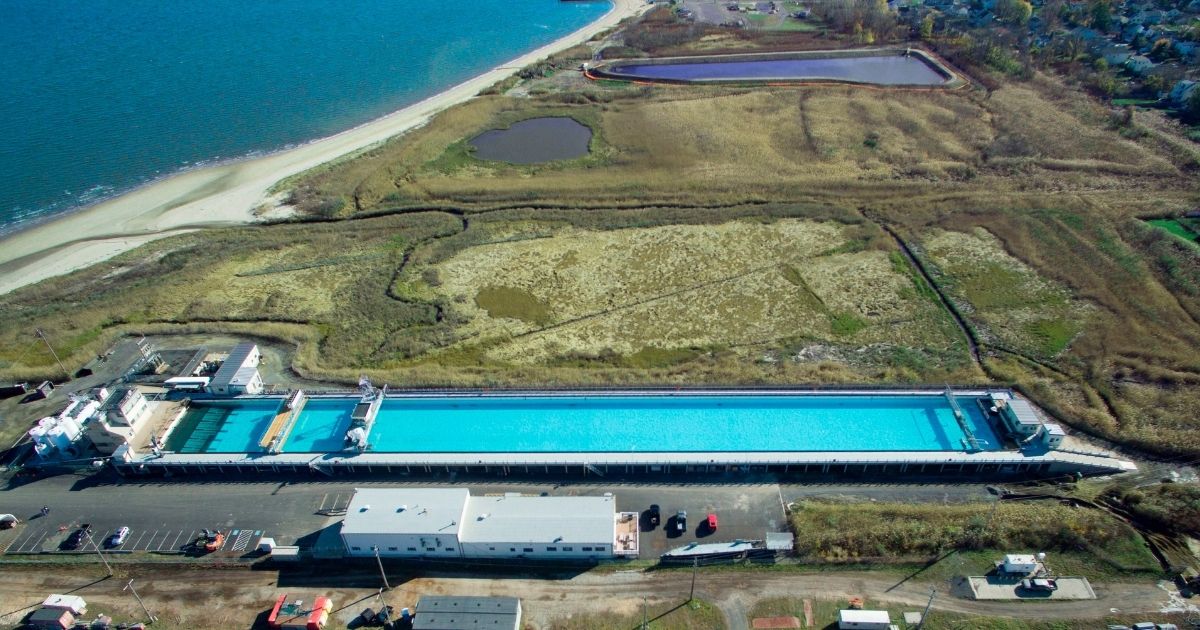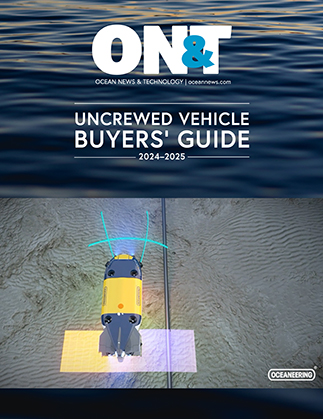With that pivot and the flow of investment in clean energy research and development, technology developers are looking at untapped hydrokinetic resources such as wave, current, tidal and riverine energy that hold the greatest potential to generate green energy.
This article was featured in the May 2021 issue of ON&T. Click here to read the full story.
By Jane-Ellen Delgado, Marketing Director, Ohmsett

